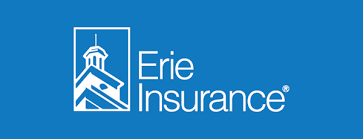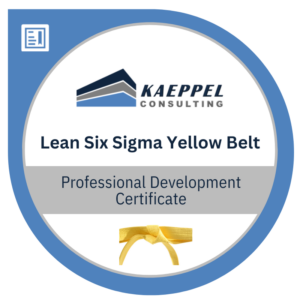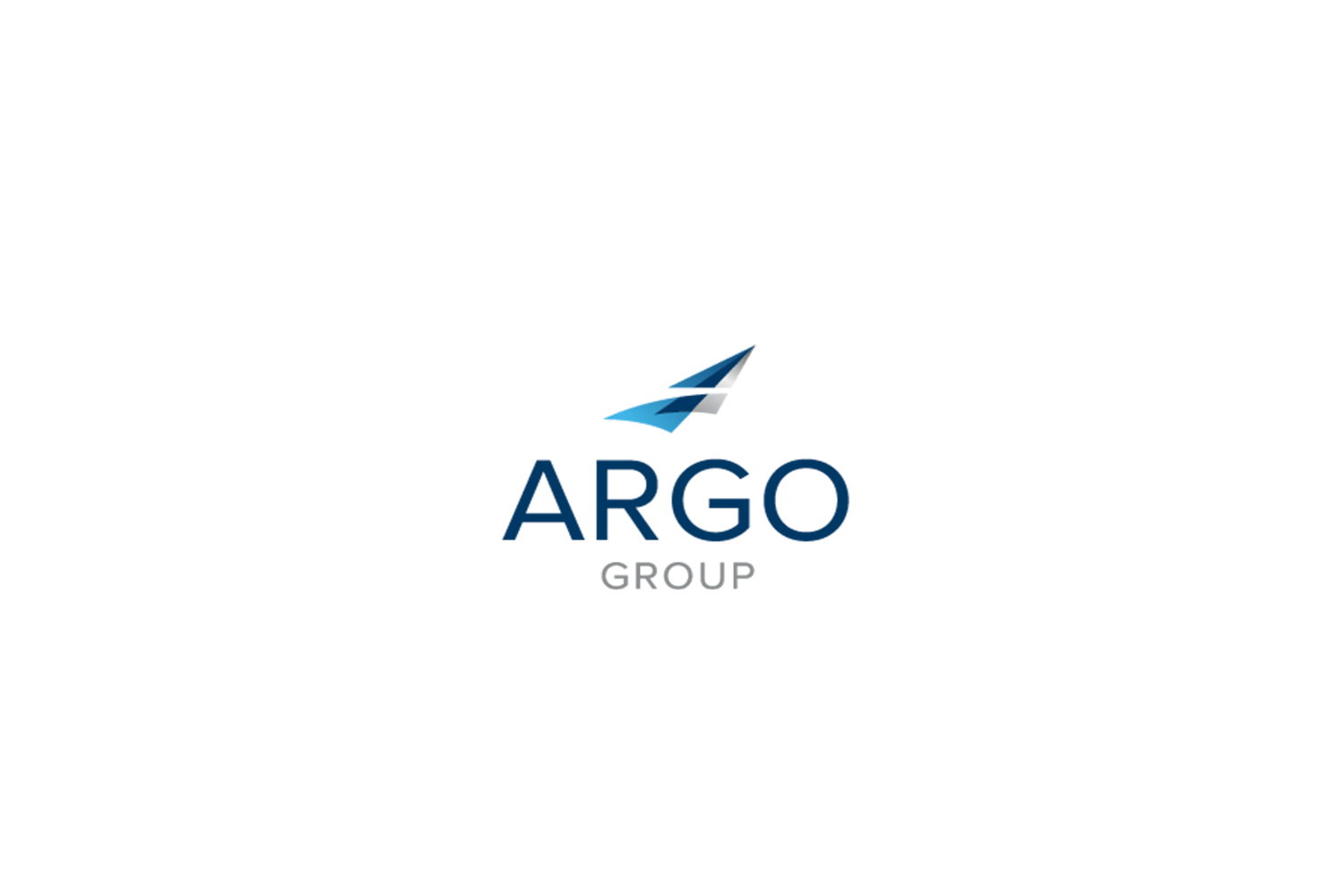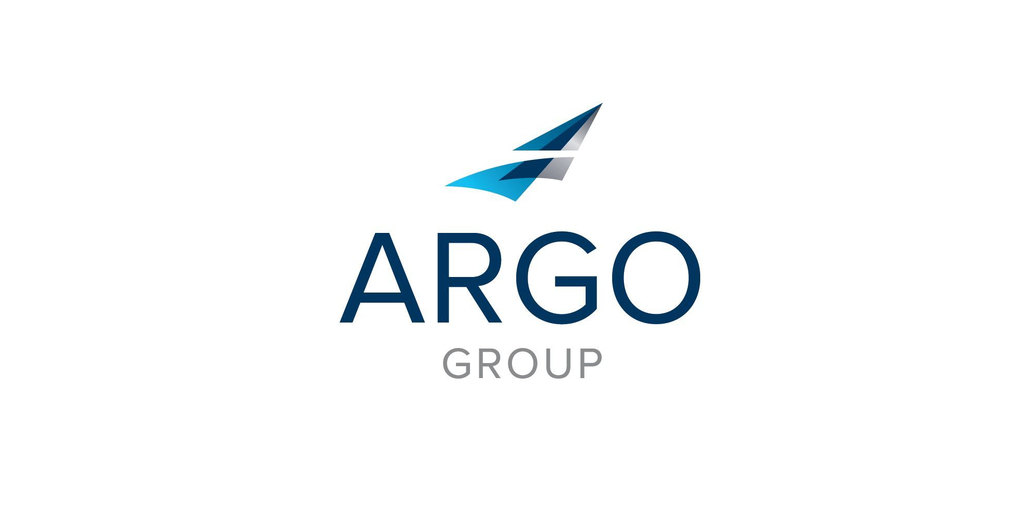Overview
In a collaborative initiative with Erie Insurance, our consultancy was brought onboard to meticulously document and evaluate the current state of customer data. Spanning from agent offices to the Home Office, and encompassing Personal Lines, Commercial Lines, and Life sectors, our mandate was comprehensive. The goal: to delineate the data flow, identify inefficiencies, and ensure optimal data quality and usage.
Areas of Strategic Focus
As-is Process/Observations: Our primary task involved a thorough documentation and observation of the current state of customer data handling, ensuring we captured the entirety of the data flow and its intricacies.
Field Inventory: We undertook an exhaustive inventory of data fields, ensuring a clear understanding of data sources, types, and their respective roles within the insurance ecosystem.
Voice of the Customer (VOC): To ensure a holistic understanding, we incorporated feedback and insights directly from stakeholders, gaining valuable perspectives on data utility and potential areas of improvement.
Data Quality & Reusability: A crucial aspect of our engagement was the identification of failure points leading to data quality issues. Concurrently, we aimed to identify points of data reusability, mitigating data duplication and ensuring clarity in recognizing the “golden source” or primary source of truth.
Challenge
For an esteemed entity like Erie Insurance, maintaining impeccable customer data quality is paramount. Given the multiplicity of channels, from agent offices to central operations, the task was to ensure data consistency, accuracy, and optimal usage across the board.

Strategic Approach
Our approach was multi-dimensional. By meticulously documenting the as-is processes and conducting a comprehensive field inventory, we laid the foundation for in-depth analysis. VOC insights further enriched our understanding, highlighting areas that required attention. Subsequent identification of data failure points and reusability opportunities ensured strategic recommendations that would bolster Erie Insurance’s data management practices.

Impact & Outcome
Our engagement with Erie Insurance elucidated clear pathways for data quality enhancement and efficient management. By pinpointing failure points and emphasizing data reusability, we’ve charted a course for Erie Insurance to achieve streamlined data operations, ensuring both consistency and clarity in customer data handling.
























